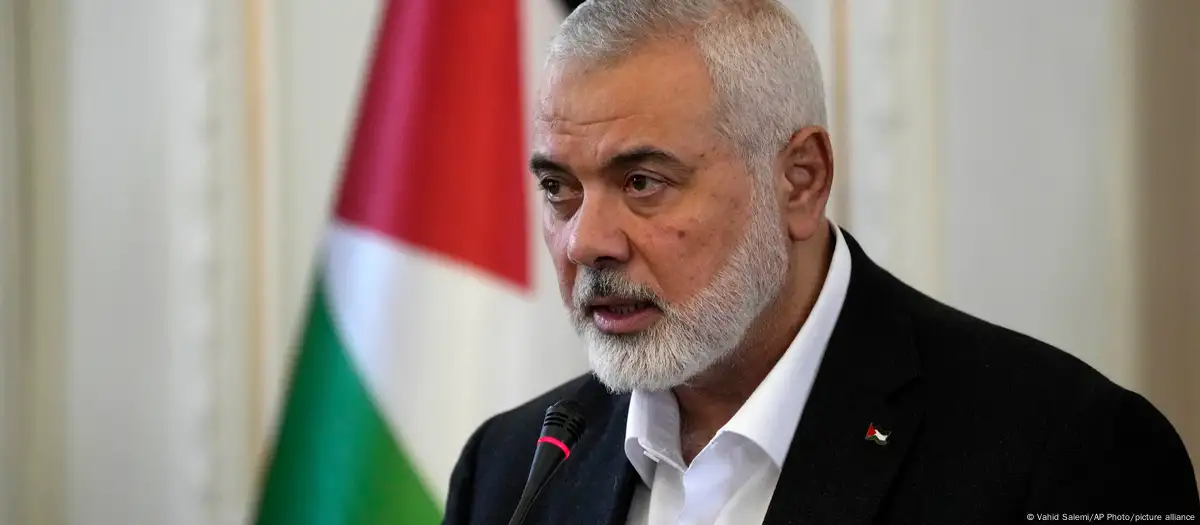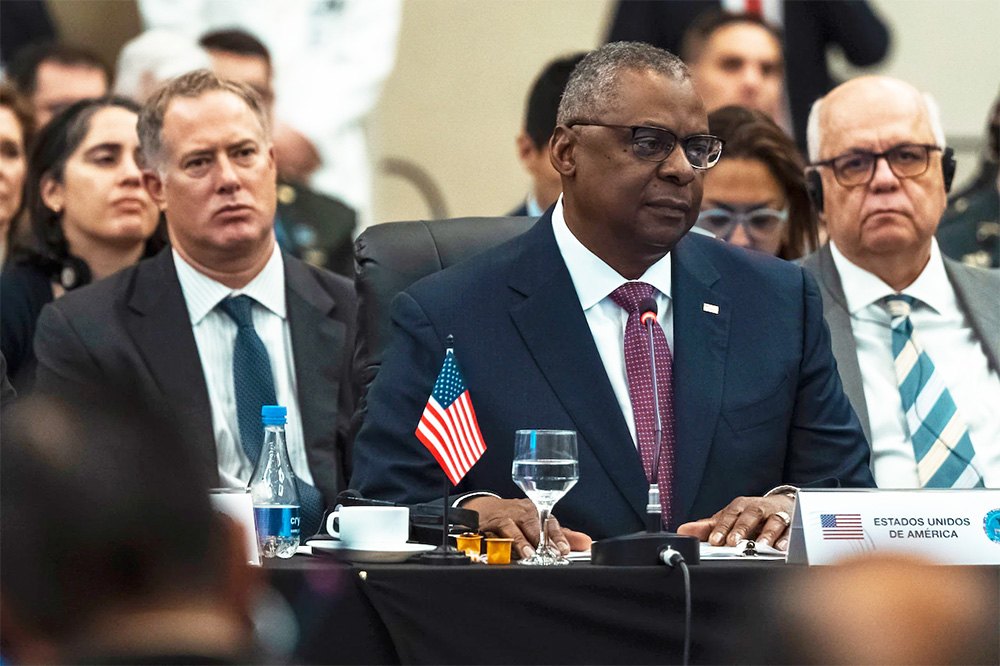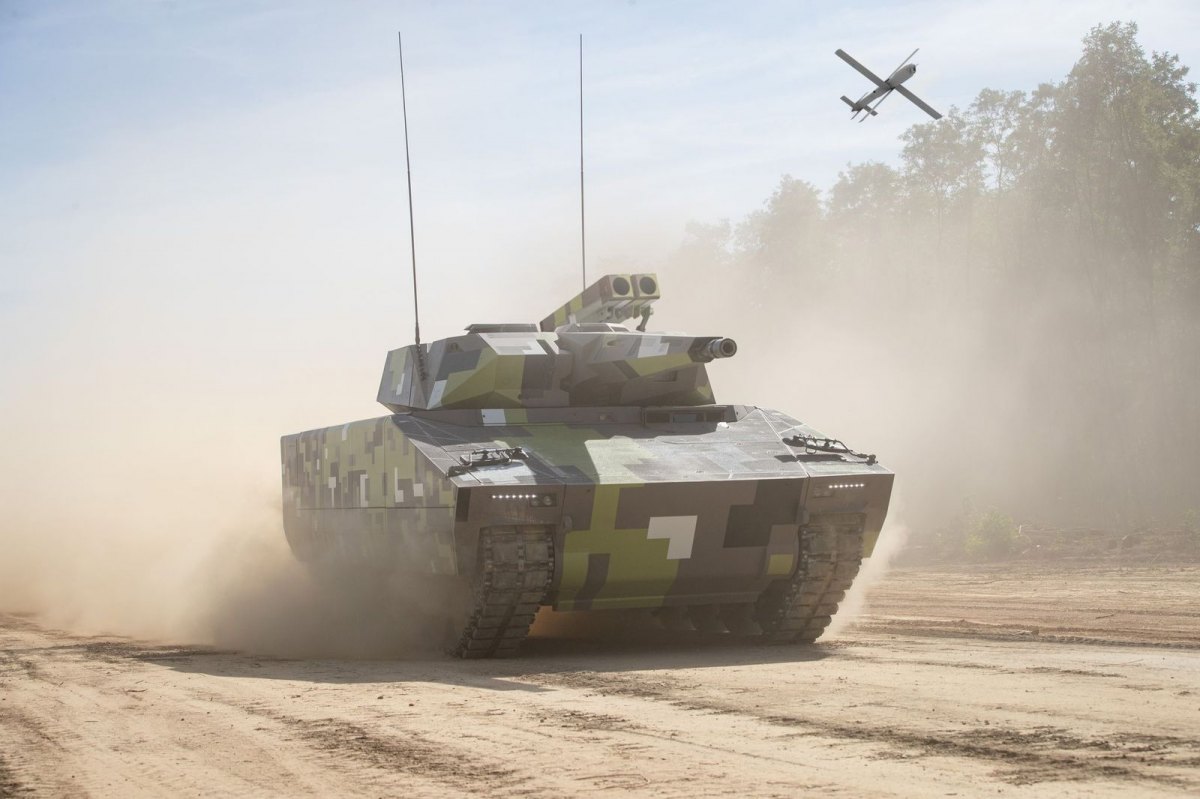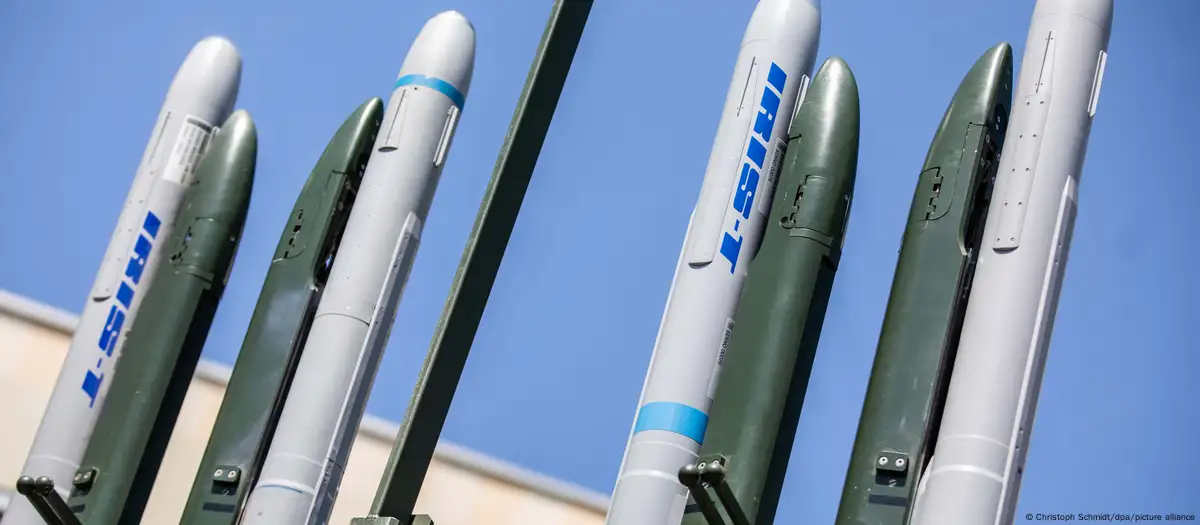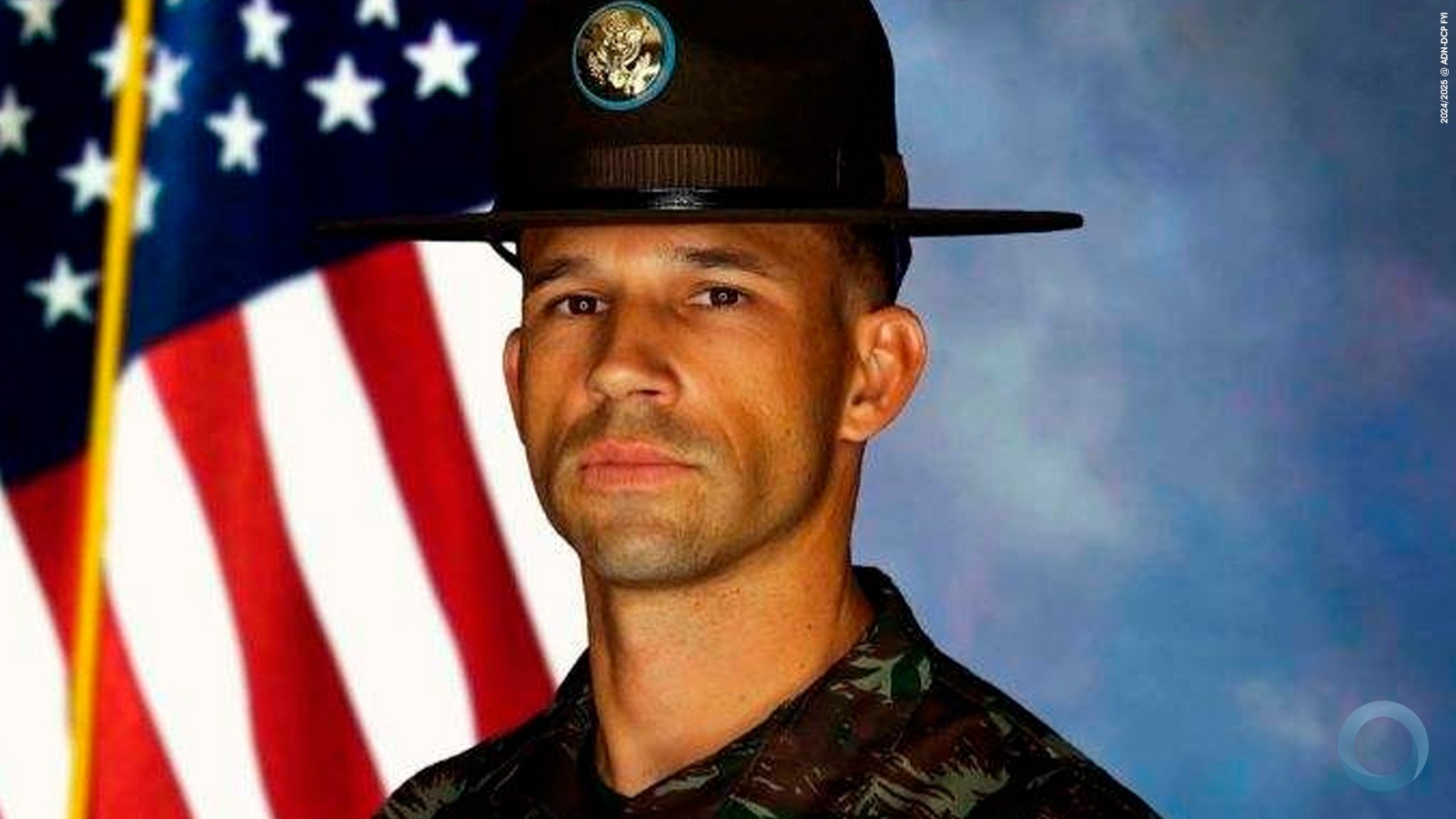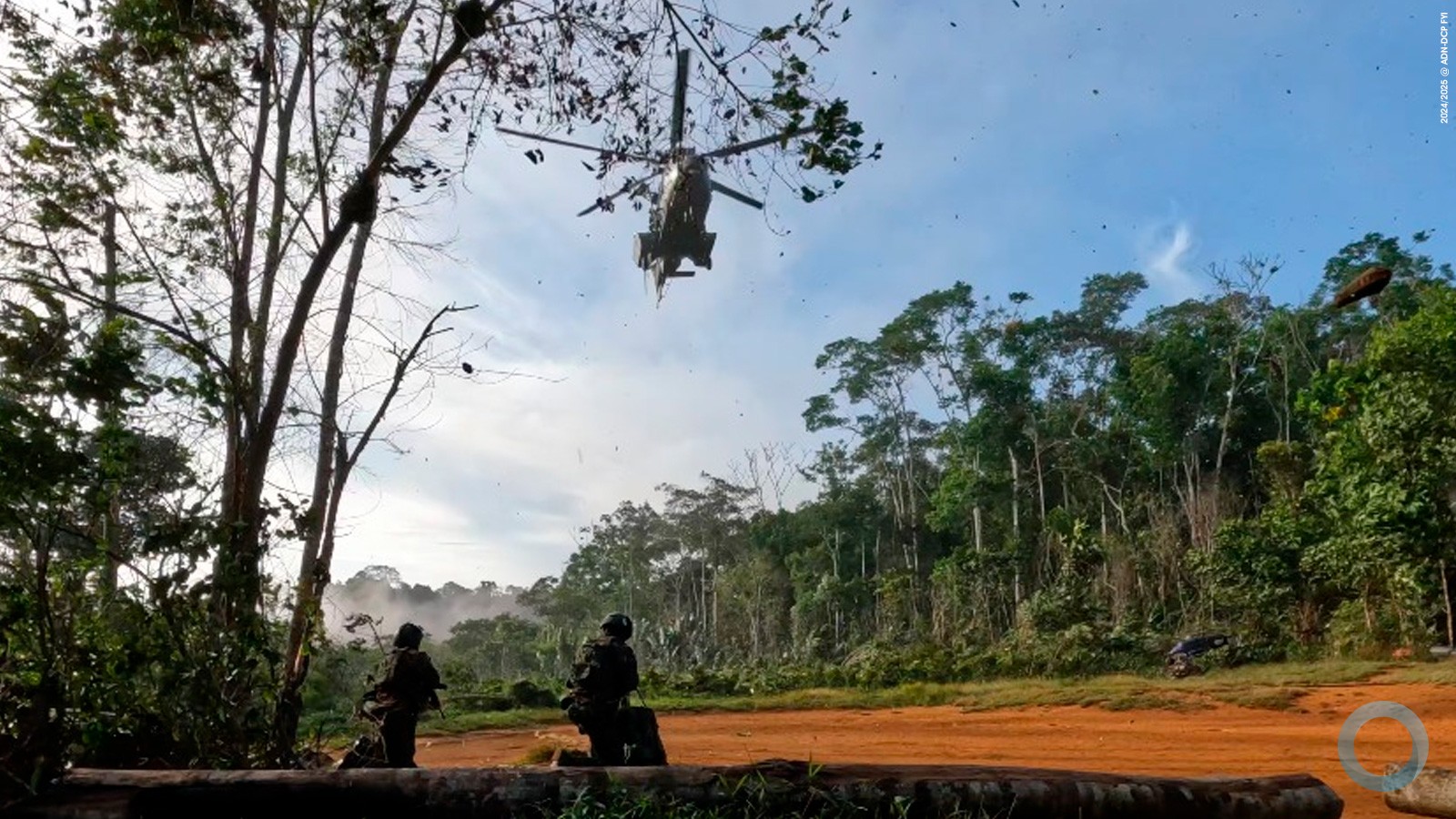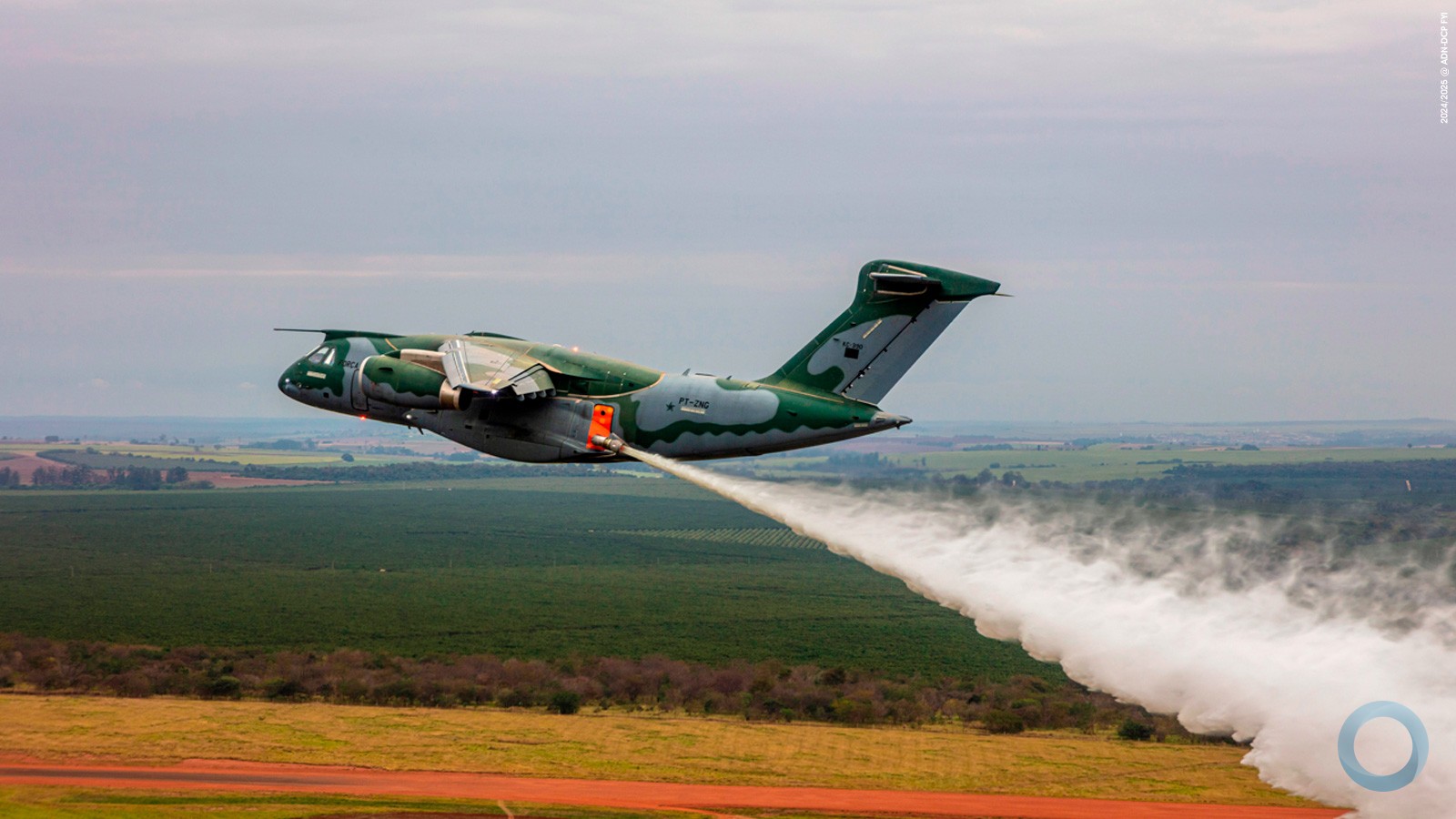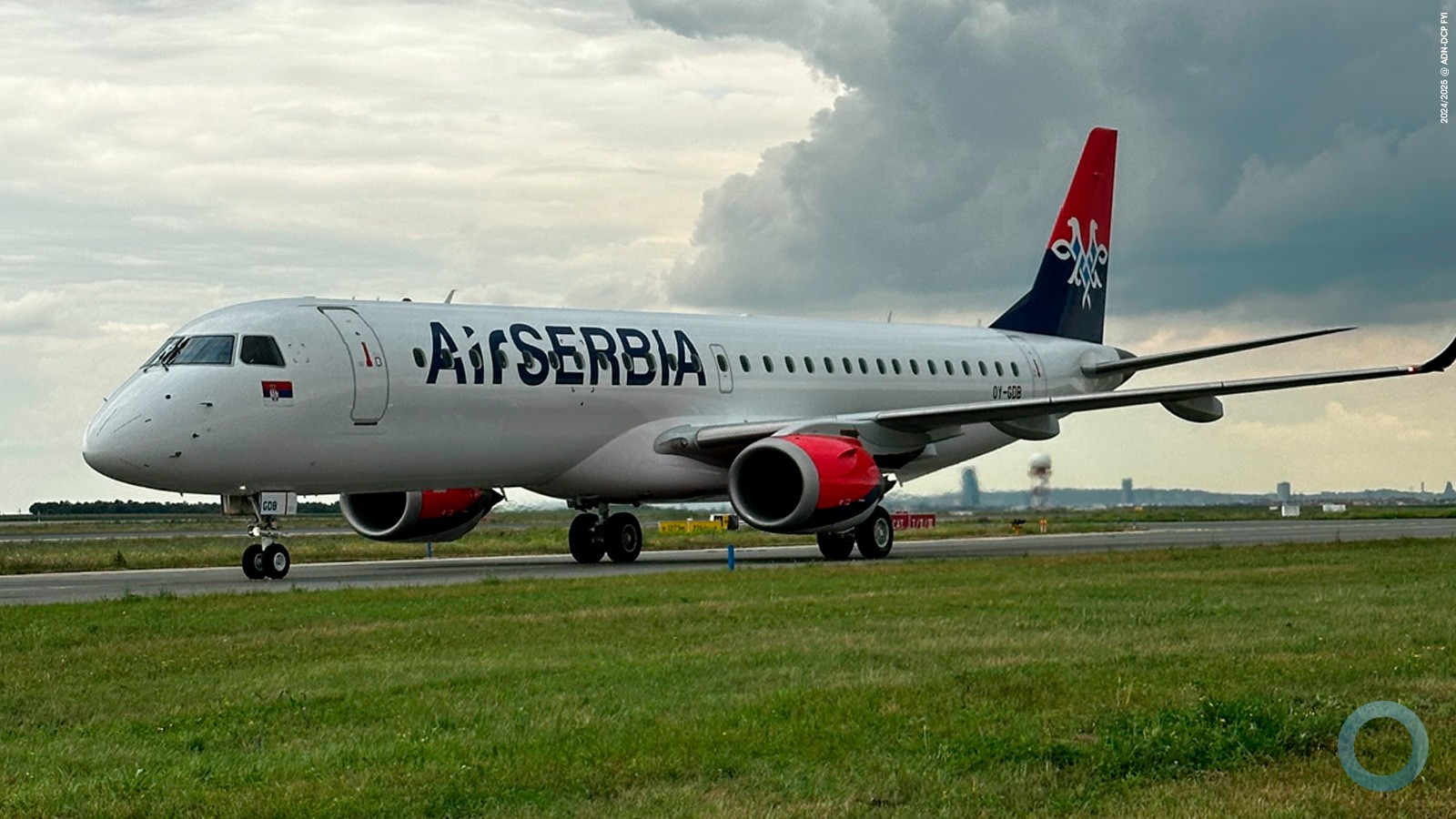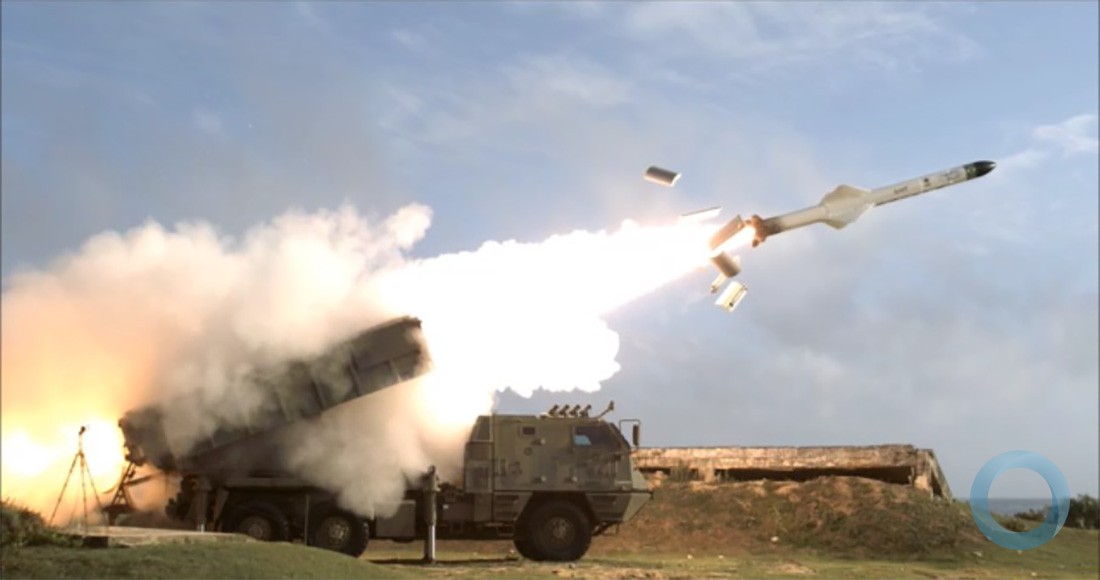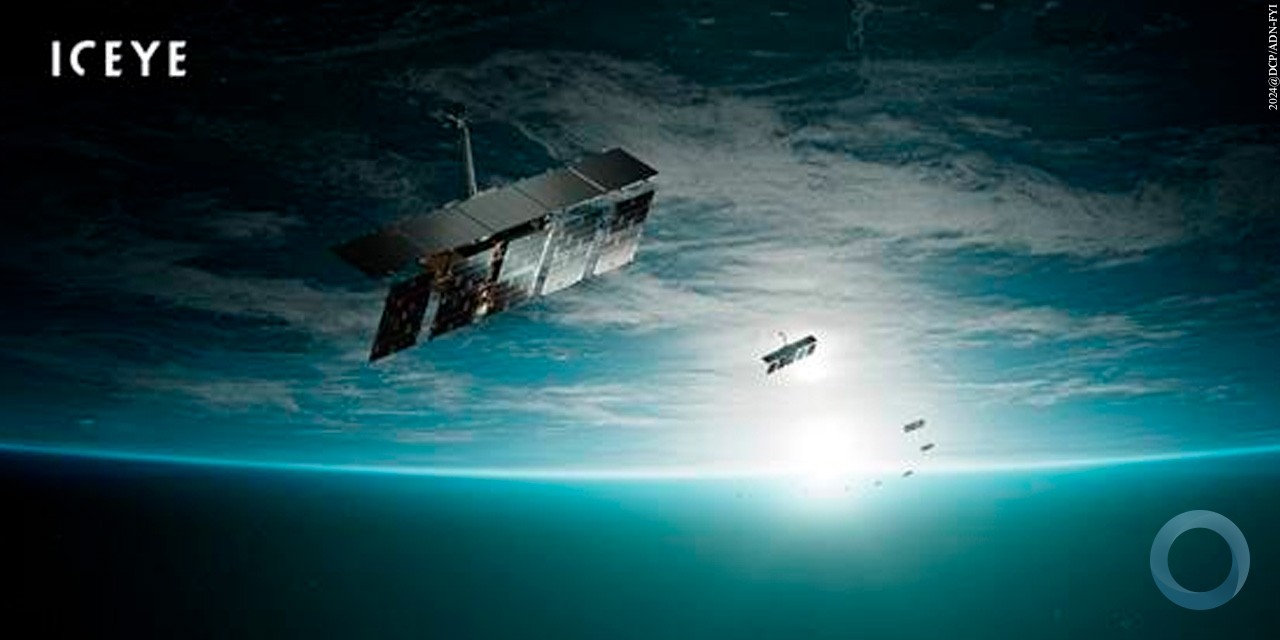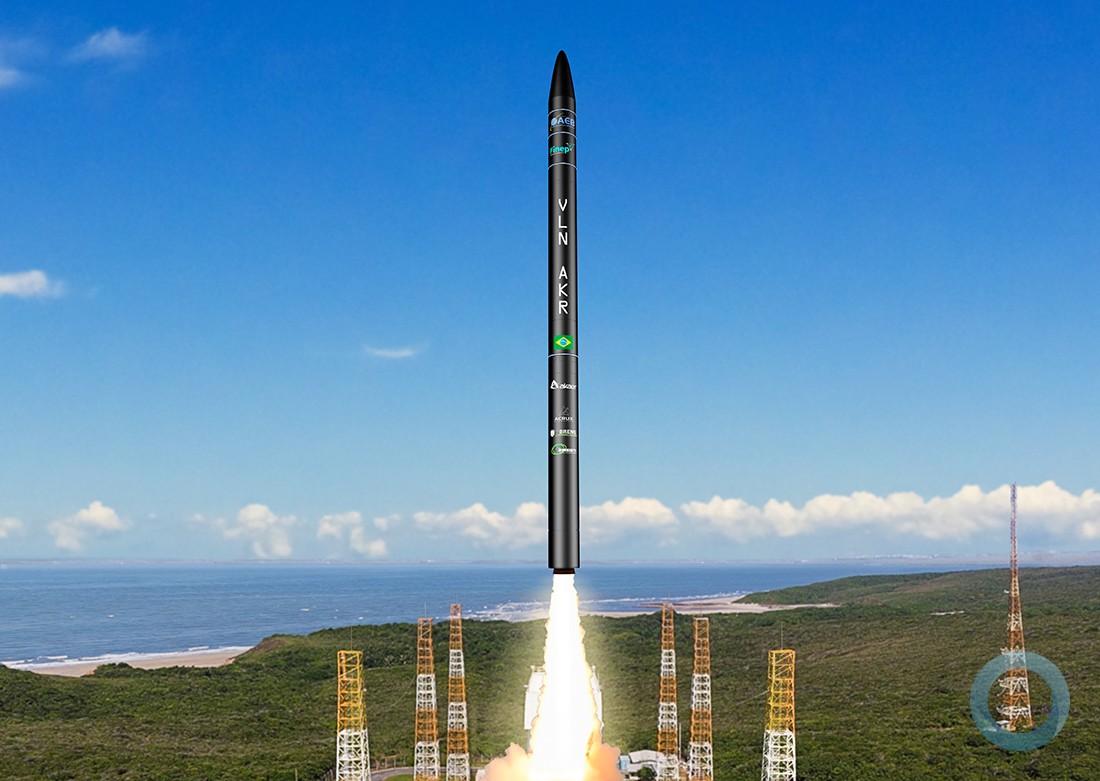It's quite an international crowd at the Geilenkirchen NATO base near Aachen in Germany. The multinational crews of AWACS aircraft come from 15 NATO nations. AWACS stands for "Airborne Early Warning and Control System" and is NATO's early warning system, popularly known as the "eye in the sky."
The Boeing 707s are crammed with surveillance electronics. The mushroom-shaped radar dome on top of the aircraft can cast a surveillance net over a 450 km radius and deliver precise air situation images. However, they do not see what is happening on the ground.
AWACS have been designed to gather information about aircraft movements, for example, low-flying fighter jets. They support NATO military operations such as ISAF in Afghanistan but are also deployed during large events where tens of thousands of people gather. Ever since Russia annexed Crimea, AWACS aircraft continuously patrol the skies over Poland and the Baltic states.
First a visit to see the troops, then the AWACS decision
The German Bundeswehr provides about a third of NATO soldiers who are trained to fly the 16 AWACS jets so that long missions without Germany are barely conceivable. NATO would have liked to fly its AWACS aircraft earlier on in the anti-IS mission, but initially faced opposition from Berlin. The German government first wanted to settle the dispute with the Turkish government over its temporary ban on German parliamentarian visits to Turkey's NATO Incirlik airbase where 250 Bundeswehr soldiers, six German reconnaissance aircraft and a refueling plane are currently stationed.
After a statement issued by the German government had smoothed out the differences regarding the Armenia resolution, a delegation of German MPs was allowed to visit Incirlik at the beginning of October. This paved the way for the cabinet's decision. The Bundeswehr now will be allowed to fly AWACS reconnaissance missions for the anti-IS coalition. NATO already passed the needed resolution at its summit in Warsaw in July.
Extension of the mandate
Missions will be launched from Konya, an operations base in Turkey regularly used for AWAC activities. The objective is to improve aerial images and supply coalition aircraft with information from the extremely busy air routes in the war zone. About 50 soldiers will be stationed in Konya, 15 – 20 of them German. NATO will then become a part of the international operation against the terrorist group "Islamic State" (IS).
For the Bundeswehr it means that the already existing mandate for anti-IS operations will be extended. The AWAC part will be integrated into the mandate that was to be extended in December anyway. The decision to extend by a year will be made before the deadline for the extension; the German parliament, the Bundestag, will discuss it in the upcoming weeks. The extension should not be difficult as the previous cap of 1,200 German soldiers has not been reached.
No flights over Syria and Iraq
The written mandate describes "sea and air surveillance" by AWACS as well as "data obtained that will be passed on to the anti-IS coalition." The extensive radar view of AWAC jets allows them to stay in NATO member Turkey's airspace while still being able to monitor the skies over Syria and Iraq. No flights over Syria and Iraq have been planned.
Continuing terrorist threat
The government sees the constant terror threat posed by IS as a reason for the extension of the mandate. The mandate states that German participation in the fight against IS "constitutes a key aspect of our security policy commitments in the region." Berlin's involvement, therefore, will counter the "immediate and direct threat to Germany, its allies and the international community."






